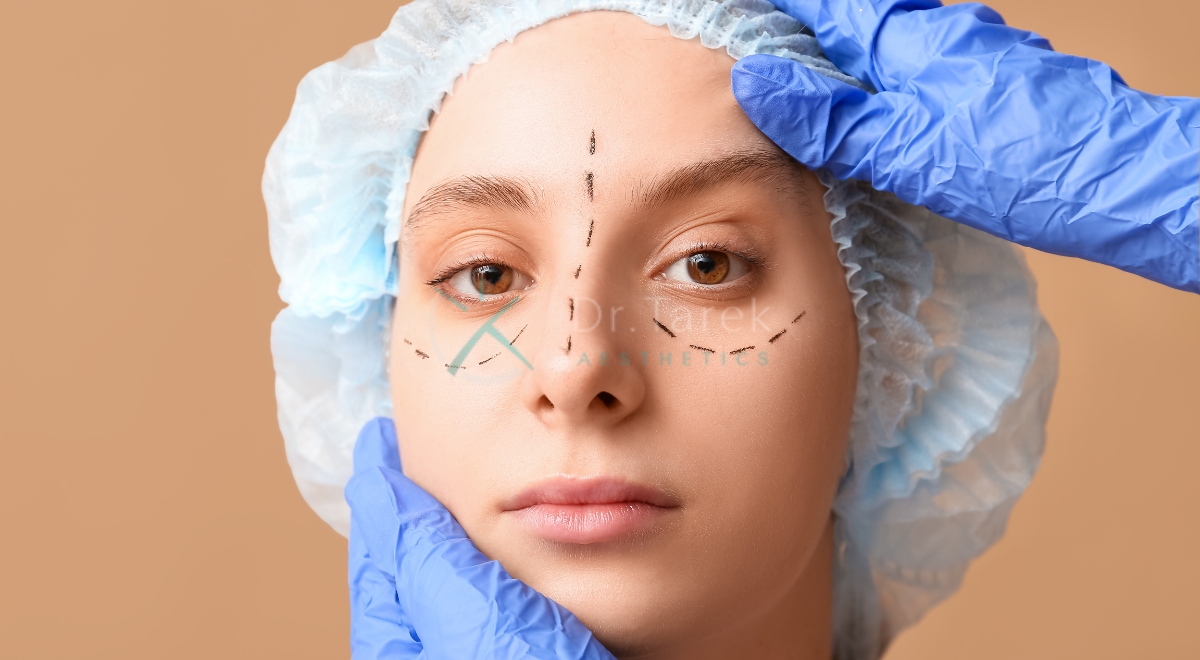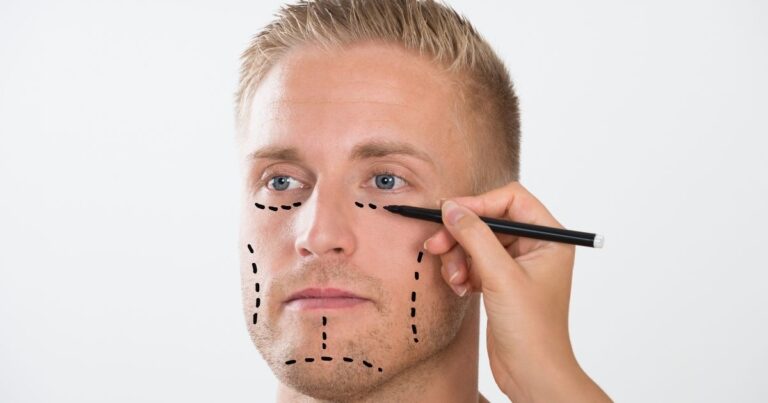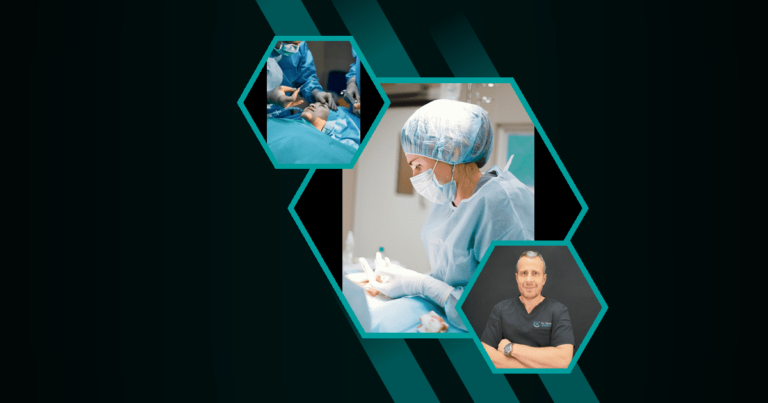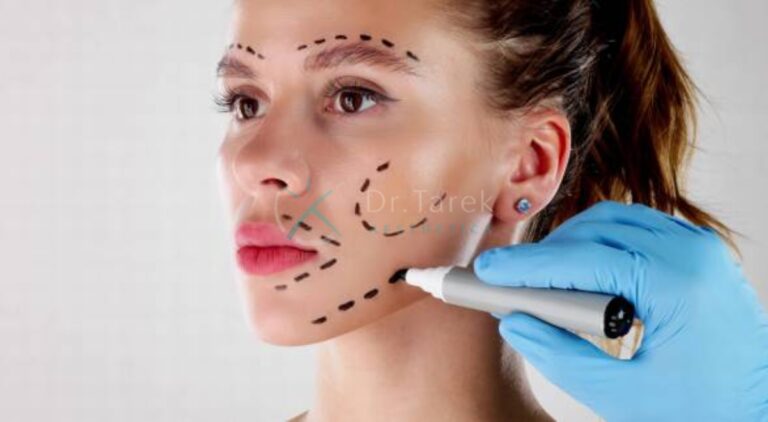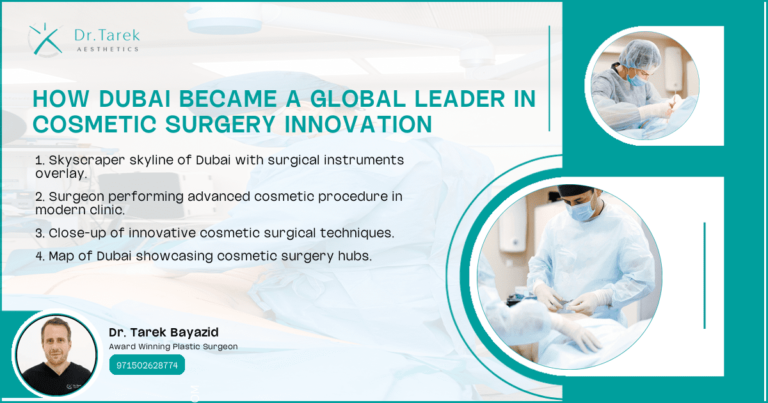What is a Plastic Surgeon Eye Lift?
Definition and Overview
A plastic surgeon eye lift, also known as blepharoplasty, is a surgical procedure aimed at improving the appearance of the eyelids. This procedure can be performed on the upper lids, lower lids, or both. It involves the removal of excess skin, muscle, and sometimes fat to rejuvenate the area around the eyes, making you look more rested and alert.
Types of Eyelid Surgery
Upper Eyelid Surgery
Upper eyelid surgery focuses on removing excess skin and fat from the upper eyelids. This procedure is often sought to correct drooping eyelids that can impair vision and give a tired appearance.
- Removes excess skin and fat
- Corrects drooping eyelids
- Improves vision and appearance
Lower Blepharoplasty
Lower blepharoplasty targets the lower eyelids, addressing issues such as puffiness, bags under the eyes, and wrinkles. This procedure can significantly enhance the youthful appearance of the eyes.
- Reduces puffiness and bags
- Smoothens wrinkles
- Enhances youthful appearance
Benefits and Risks of a Plastic Surgeon Eye Lift
Benefits
A plastic surgeon eye lift offers numerous benefits, including improved vision, a more youthful appearance, and increased self-confidence. The procedure can also correct functional issues caused by drooping eyelids.
Book A Consultation With Dr Tarek Bayazid
Top-rated Plastic Surgeon For Plastic Surgery in Dubai
Installment Plan Available
- Improved vision
- Youthful appearance
- Increased self-confidence
- Correction of functional issues
Risks and Complications
Like any surgical procedure, a plastic surgeon eye lift comes with potential risks and complications. These may include infection, scarring, and temporary discomfort. It’s crucial to discuss these risks with your surgeon.
- Infection
- Scarring
- Temporary discomfort
- Discuss risks with your surgeon
Who is an Ideal Candidate for a Plastic Surgeon Eye Lift? 
Age Considerations
While there is no specific age requirement for a plastic surgeon eye lift, most candidates are typically over 35. However, younger individuals with hereditary conditions may also benefit from the procedure.
- Typically over 35
- Younger individuals with hereditary conditions
- No specific age requirement
Health Requirements
Ideal candidates should be in good overall health and free from serious eye conditions. A thorough medical evaluation is essential to determine suitability for the procedure.
- Good overall health
- Free from serious eye conditions
- Thorough medical evaluation
How to Prepare for a Plastic Surgeon Eye Lift
Pre-Surgery Consultation
A pre-surgery consultation with your plastic surgeon is crucial. During this meeting, you’ll discuss your medical history, expectations, and any concerns you may have. Your surgeon will also explain the procedure in detail.
- Discuss medical history
- Set expectations
- Address concerns
- Detailed procedure explanation
Pre-Surgery Instructions
Your surgeon will provide specific pre-surgery instructions, which may include avoiding certain medications, quitting smoking, and arranging for someone to drive you home post-surgery.
- Avoid certain medications
- Quit smoking
- Arrange transportation
- Follow specific instructions
What to Expect During a Plastic Surgeon Eye Lift Procedure
Anesthesia Options
The type of anesthesia used during a plastic surgeon eye lift can vary. Local anesthesia with sedation is commonly used, but general anesthesia may be recommended in some cases.
- Local anesthesia with sedation
- General anesthesia in some cases
- Discuss options with your surgeon
Surgical Steps
The procedure typically involves making incisions along the natural lines of your eyelids. Excess skin, muscle, and fat are then removed or repositioned. The incisions are closed with fine sutures.
- Incisions along natural lines
- Removal or repositioning of excess tissue
- Closure with fine sutures
Recovery and Aftercare for a Plastic Surgeon Eye Lift
Immediate Post-Surgery Care
After the surgery, you may experience swelling and bruising. Your surgeon will provide specific aftercare instructions, including how to care for your eyes and manage discomfort.
- Swelling and bruising
- Specific aftercare instructions
- Managing discomfort
Long-Term Recovery Tips
Long-term recovery involves following your surgeon’s advice, attending follow-up appointments, and avoiding strenuous activities. Proper care can ensure optimal results and minimize complications.
- Follow surgeon’s advice
- Attend follow-up appointments
- Avoid strenuous activities
- Ensure optimal results
Before and After Photos of Plastic Surgeon Eye Lift 
Real Patient Results
Before and after photos can provide a realistic expectation of the results. These photos showcase the transformation and effectiveness of the procedure.
- Showcase transformation
- Realistic expectations
- Effectiveness of the procedure
Success Stories
Success stories from real patients can offer valuable insights into the experience and satisfaction with the procedure. These stories often highlight the positive impact on their lives.
- Valuable insights
- Patient satisfaction
- Positive impact
Consulting Dr. Tarek for a Plastic Surgeon Eye Lift
Scheduling a Consultation
Scheduling a consultation with Dr. Tarek is the first step towards achieving your desired results. During the consultation, you’ll discuss your goals and receive a personalized treatment plan.
- First step towards desired results
- Discuss goals
- Personalized treatment plan
What to Expect During Your Consultation
During your consultation with Dr. Tarek, you can expect a thorough evaluation of your eyelids, a discussion of your medical history, and an explanation of the procedure and recovery process.
- Thorough evaluation
- Discussion of medical history
- Explanation of procedure and recovery
Cost of a Plastic Surgeon Eye Lift
Factors Affecting Cost
The cost of a plastic surgeon eye lift can vary based on several factors, including the surgeon’s experience, the complexity of the procedure, and the geographic location of the practice.
- Surgeon’s experience
- Complexity of the procedure
- Geographic location
Payment Options
Various payment options are available to make the procedure more affordable. These may include financing plans, credit card payments, and medical loans.
- Financing plans
- Credit card payments
- Medical loans
Patient Safety and Plastic Surgeon Eye Lift
Ensuring a Safe Procedure
Ensuring a safe procedure involves choosing a qualified and experienced surgeon, following pre- and post-surgery instructions, and attending all follow-up appointments.
- Qualified and experienced surgeon
- Follow instructions
- Attend follow-up appointments
Choosing a Qualified Surgeon
Choosing a qualified surgeon is crucial for a successful outcome. Look for board certification, experience in eyelid surgery, and positive patient reviews.
- Board certification
- Experience in eyelid surgery
- Positive patient reviews
Additional Resources on Plastic Surgeon Eye Lift 
Related Articles
For more information on plastic surgeon eye lifts, consider reading related articles that cover various aspects of the procedure, including patient experiences and advanced techniques.
- Patient experiences
- Advanced techniques
- Comprehensive information
Further Reading
Further reading materials can provide in-depth knowledge about the procedure, recovery, and long-term care. These resources can help you make an informed decision.
- In-depth knowledge
- Recovery and long-term care
- Informed decision
Contact Dr. Tarek for Your Plastic Surgeon Eye Lift
How to Reach Us
To schedule a consultation or ask any questions, you can reach Dr. Tarek’s office via phone or email. Our friendly staff is here to assist you.
- Phone or email
- Friendly staff
- Schedule a consultation
Office Locations
Dr. Tarek’s office locations are conveniently situated to serve patients. Visit our website for detailed addresses and directions.
- Convenient locations
- Detailed addresses
- Directions on the website
Rhinoplasty expertise showcased Doctors showed off their amazing skills in nose surgery They made noses look better and helped people breathe easier Rhinoplasty transformation results can make your nose look different and better People often feel happier and more confident after
Cosmetic procedures discomfort can make people feel sore or uncomfortable Getting beauty treatments might hurt a little but it usually goes away quickly
